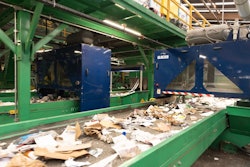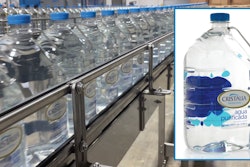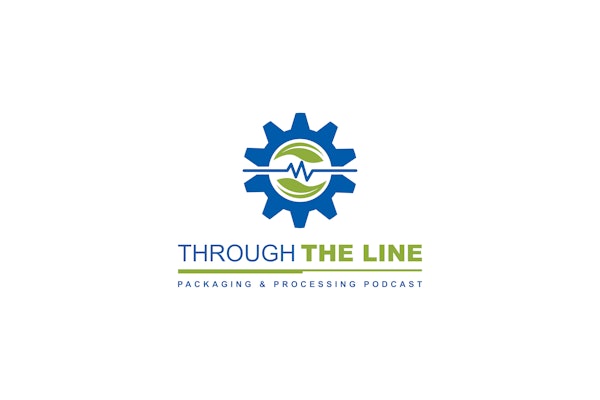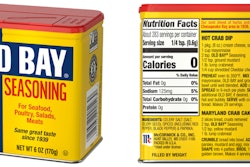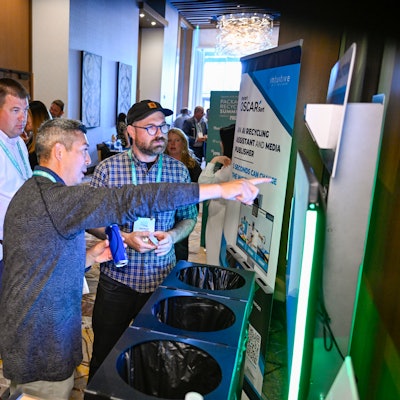
The concept of packaging circularity is so new, and the territory so uncharted, that stakeholders working to bend the linear packaging waste stream we inherited into a circular one are facing unforeseen headwinds from unexpected sources. The sheer complexity and scale of the undertaking is daunting enough, but we always knew it was going to be a steep hill. The court of public opinion is at odds with some of these efforts; both in the way they’re being communicated, and sometimes, the efforts themselves.
Have you heard the term “green hushing?” Brian Sano from Intuitive AI, who created optical AI-based consumer waste bin sortation system Oscar Sort, explained it to me last month at the Packaging Recycling Summit in Anaheim, Calif. It was a phenomenon that was vaguely on my radar but hadn’t had a name in my mind. Now that I know it has a name, I’m seeing it everywhere. A stream of recycled waste, mostly packaging, enters Glacier's AI-supported robotic sortation equipment.
A stream of recycled waste, mostly packaging, enters Glacier's AI-supported robotic sortation equipment.
Green hushing as a concept entered brands’ consciousness about two years ago. The first public mention I can find dates to a 2022 Financial Times article titled, “‘Green hushing’ on the rise as companies keep climate plans from scrutiny.” It describes the chilling effect that charges of greenwashing have had on brands’ and CPGs’ outward communications related to sustainability initiatives. The specific claims that they’d been making had been under so much consumer scrutiny, from so many different directions, that the mere appearance of greenwashing imposed reputational risk. Brands were beginning to intentionally downplay sustainability initiatives they previously championed to avoid the very accusation of greenwashing. Worse yet, they were diverting resources away from the programs themselves if they weren’t getting marketing push from them anyhow.
To be fair, much of this is an own goal, to borrow a soccer term. Brands tripped all over themselves to align with sustainability, and undoubtedly marketing departments can play fast and loose with the facts. Often, brands followed consumer perception rather than the data. One big problem area is recycling. Sure, a package might be technically recyclable. Everything technically is. But is it likely to be, or even able to be, recycled in our current infrastructure? That had been an unfortunate shell game for which industry is often dinged by the arbiters of greenwashing. That said, I’d argue that the move toward circularity is unavoidably iterative, and that perfection can’t be the enemy of good, incremental progress. But brands should say that, then, instead of making unrealistic or even deceptive claims.
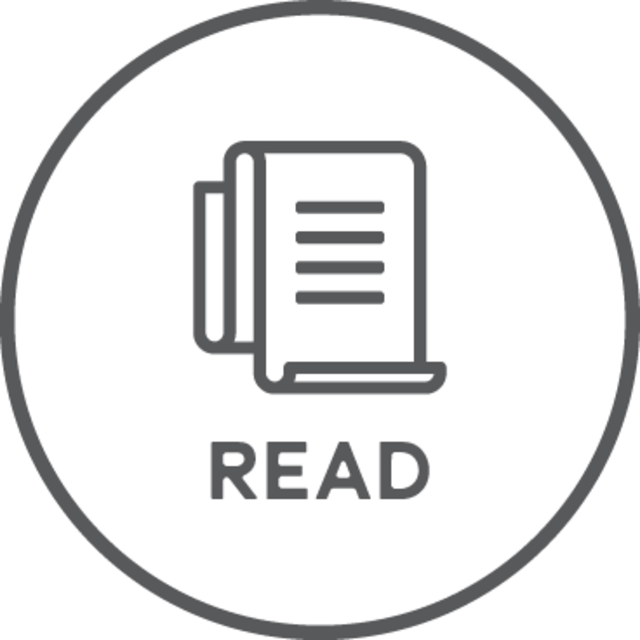 | Read more about Amazon Climate Pledge's work with Glacier's AI-based robotic sortation equipment. |
The good news is that help might be on the way via data collection and AI. We’re entering a data-driven era that should help brands and CPGs make solid, data-based claims. Maybe you could call it Circularity 2.0, where it’s not just the packaging waste itself that’s becoming circular, it’s also the data as its shared through the stream. Physically, we’re working toward a system where packaging—like rigid HDPE or board or aluminum or glass—travels one direction, from packaging supplier to brand owner to retailer, then across that vast consumer air gap, and hopefully, into MRFs and reclaimers and reprocessors, and back to converters or smelters or glass houses as PCR. But in the circularity model that’s now emerging in an AI era, the information flows along with the spent packaging. Consider European efforts around digital product passports, for instance, where any stakeholder with the right scanner can access data.
The best part of this new moment is that the information doesn’t only flow downstream with the physical materials. Data can flow the opposite direction, upstream. Two shining examples of this are Colgate-Palmolive’s (page 90) efforts to track its embattled toothpaste tube through the waste stream and Amazon Climate Pledge’s desire to see how its paper and bio-based packaging travels through MRFs’ technologically improving sortation systems. New tools like AI can make sense of unwieldy piles of data and suggest optimization strategies. U.S. sortation systems manufacturers like Glacier and AMP Robotics are on the forefront of devising these systems, and MRFs and collectors like WM, Republic, and Rumpke are employing them to great effect. Optics with AI underpinnings are even letting Rumpke collect thermoforms—something that wasn’t being done in the Midwest only a year ago. Insights and findings from those tests are fed back upstream to the brands, which can put them to work on improving packaging design for recycling and reclamation.
This potential multi-directional flow of info could be accessed by any stakeholder in the system, not necessarily just the next logical rung on the ladder. At least that’s the potential, if stakeholders build it that way, and data sharing becomes standard practice. PW


